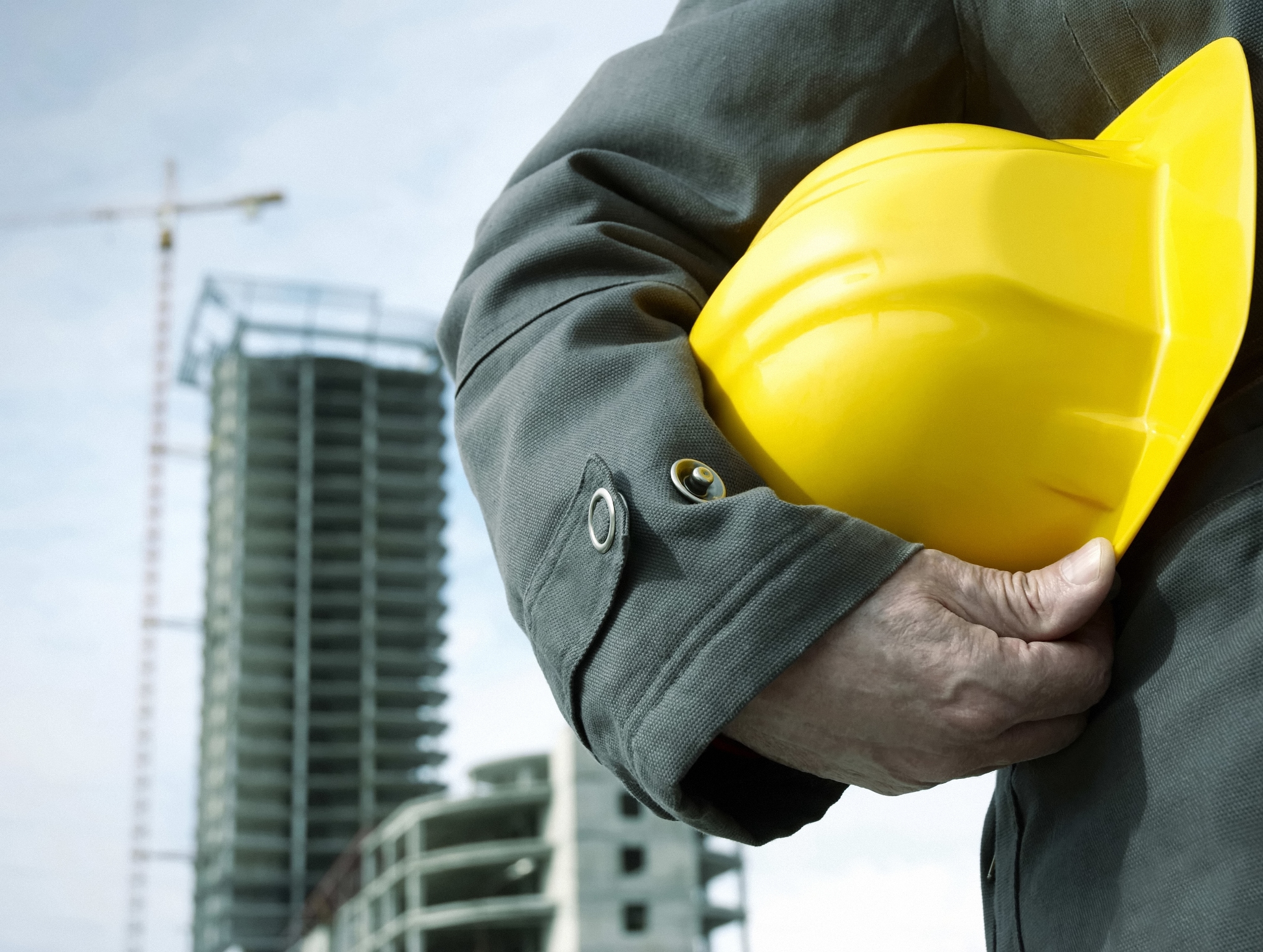The Iranian private sector has invested 420 trillion rials ($11 billion) in Iran’s development projects since President Hassan Rouhani took office in 2013, according to Minister of Roads and Urban Development Abbas Akohundi.
“This is a record high in terms of private sector participation,” the minister told the Persian daily Iran.
Akhoundi listed a number of projects that are being carried out through private investment.
“We delegated the construction of Imam Khomeini International Airport’s Salam Terminal valued at 5.5 trillion rials ($143.6 million) to the private sector. The airport in Kerman Province is also being developed this way,” he said.
“Iranian investors are funding development projects in Chabahar Port in southeastern Sistan-Baluchestan Province and the southern port of Bandar Abbas.”
The minister also referred to a railroad between the capital of Kerman Province and the city of Sirjan as another project funded by the private sector.
“The projects underway need 1.7 quadrillion rials ($44.4 billion) in capital,” he said.
“And this is the cash needed for construction of infrastructures alone. Maintenance costs are a separate story. For the maintenance of roads alone, 100 trillion rials ($2.6 billion) are needed annually.”
Akhoundi noted that the government is trying to “shift the paradigm” regarding financing its projects by funding them through domestic and foreign private investment alongside Iran’s sovereign wealth fund, instead of relying on the annual budget.
Development spending in the next budget, which is estimated at 620 trillion rials ($15.5 billion), is 9% more compared to the current year’s budget, which will most likely be not realized by the end of the year.
As for the current fiscal year, the government was expected to earmark 387 trillion rials ($10 billion) to development projects in the eight months to November 20, whereas only 39% of this amount have been realized.
This trend has not changed in the past three years, as the government only met 58%, 68% and 39% of its projected development spending during March 2015-16, March 2014-15 and March 2013-14 respectively.
This comes amid a sharp fall in government revenues obtained mostly through export of oil, Iran’s main source of income. The Islamic Republic has been facing a gap between income and spending as the price of crude fell sharply in 2014 from over $100 per barrel to a record low of under $30 in 2016.
Iran enjoyed sky-high crude prices for a few years, adjusting its spending with abundant revenues. But this became a challenge when prices nosedived.
Budget deficit is now taking its toll on infrastructure development, leading to underinvestment and worsening recession in industries.
Add to these, years of strict economic embargoes imposed over Tehran’s nuclear energy program, which kept foreign investors away from the Iranian market.
In 2015, the Rouhani administration hammered out a historic deal, formally called the Joint Comprehensive Plan of Action or JCPOA, with world powers to limit Iran’s nuclear activities in exchange for a relief from economic sanctions. The deal went into effect in January 2016.
Before the nuclear deal was signed, Iran hinted that there was $80 billion of investment opportunities up for grabs in Iran’s transportation sector alone. Ever since, the administration has been in talks with several international companies to cover a portion of the FDI it seeks to attract in the sector.
“FDIs … are gradually entering the country,” Akhoundi said in the interview.
“As for airport development, increasing the capacity of IKIA in particular, a tender has been held to outsource the construction projects … Talks are underway to develop IKIA, Mehrabad, Isfahan, Mashhad, Shiraz and Tabriz through foreign investment and finance,” he said.
The government, he said, is also negotiating a 1,200-km highway project, which costs $4 billion, with Italy’s highway agency ANAS that signed a preliminary agreement with Iran in July last year.
“This is a huge project we are negotiating with Italy.”
The first stretch of highway covering 350 km will be completed by 2022 at a cost of $638 million. The project is to build a road linking the Persian Gulf port of Bandar Imam Khomeini to Bazargan on Iran’s border with Turkey.
As for rail, Akhoundi added, deals have been signed to finance a $3.5 billion high-speed train from Tehran to the tourist hub of Isfahan in central Iran.
Another deal will soon be finalized to finance the electrification of a rail link spanning 1,000 kilometers between Tehran and Mashhad, according to the minister.
Iran has also signed contracts to purchase 180 planes from Boeing and Airbus, with a catalogue price of $35 billion, along with a $150-million investment deal with India to develop Chabahar as part of its FDI projects.


